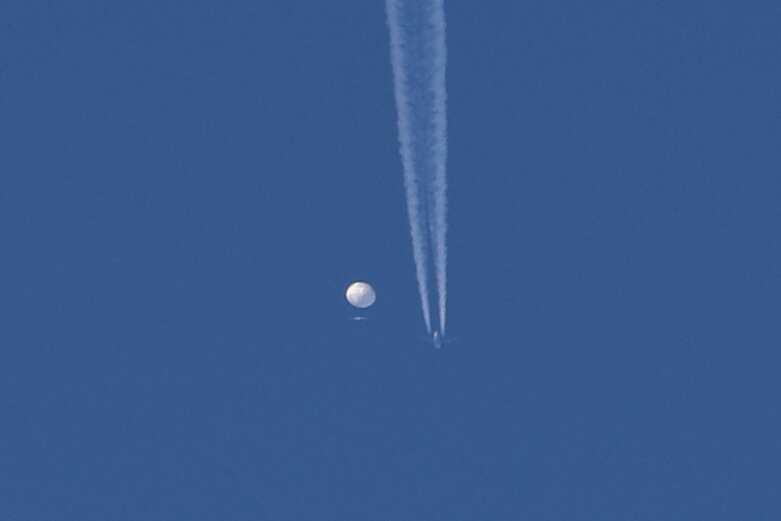Live Classes

There was an effort to ease mutual relations
The visit, which would have been the first by a top U.S. diplomat since 2018, was the result of a months-long effort to halt the downward spiral in ties, coming out of the Biden-Xi meet in November at the G-20 Bali summit. The fragility of that effort has been laid bare by the controversy over the balloon, which has punctured the process of restoring stability in relations that have been marred by growing discord.
What does China have to say?
Beijing has maintained that the balloon was “civilian” (meteorology), but had drifted off-course. It also slammed the move to shoot it down as an overreaction. The U.S. has seen the deployment of what it called a surveillance balloon, on the eve of the Blinken visit, deep into its airspace as a grave provocation — one, it pointed out, that Beijing too would not have tolerated.
This has happened before
U.S. officials have acknowledged this was by no means the first such surveillance balloon spotted over American skies; there was a similar incident under the Trump administration. Balloons were also spotted over Japan in 2020 and 2021, and over India’s Andaman Islands last year. All three governments did not take steps to shoot down the balloons, presumably coming to the conclusion that the balloons, in the age of intelligence powered by advanced satellites, were not important enough to warrant being shot down.
India and Japan need re-evaluation
New Delhi and Tokyo may now be prompted to reassess how they handle such intrusions in the future. Beijing, for its part, would do well to reconsider the benefits and costs of what appears to be a new, and provocative, tool for intelligence-gathering.
Rift in relations between America and China
It is conceivable that the Biden administration may have allowed the balloon to quietly drift away had it not been spotted in Montana. The Biden administration faced intense criticism at home for not shooting down the balloon earlier. Its response, including cancelling the Blinken visit, reflects how China has become a hot-button issue in U.S. politics. This development has constrained how a key relationship is managed.
In 2001, the U.S. and China were able to dial down tensions after a collision between a U.S. spy plane and a Chinese fighter jet over Hainan island in China. Should a similar crisis now arise, particularly against the charged backdrop of an intensifying rivalry, muscle-flexing over Taiwan, and a heated domestic discourse, finding an off-ramp will be far more difficult.
Who and how much authority over the air and water area?
International law is clear about entry into air and water. Each country has complete sovereignty and control over its waters extending up to 12 nautical miles (about 22 km) from its land area. Each country regulates any interference with its airspace, which includes both commercial and government aircraft.
The upper limit of airspace is unclear in international law.
The upper limit of sovereign airspace is unclear in international law. This is generally considered to be the maximum altitude at which commercial and military aircraft operate, which is about 45,000 feet (about 13.7 km). However, the supersonic Concorde jets operate at 60,000 ft (over 18 km). While the Chinese balloon was also reported flying at an altitude of 60,000 feet.
The legal framework of the airspace decided at the Chicago Convention
What is a spy balloon?
High altitude balloons are similar to weather balloons deployed around the world to monitor changes in the local weather of an area. However, when it comes to spy balloons, their purpose has changed. These balloons are capable of flying 24,000-37,000 meters above the ground. The altitude at which these balloons fly is well above that at which commercial air traffic flies. Airplanes almost never fly above 40,000 feet. Fighter aircraft typically do not operate above 65,000 feet, although spy planes such as the U-2 have a service ceiling of 80,000 feet or more.
Balloons have a long military history